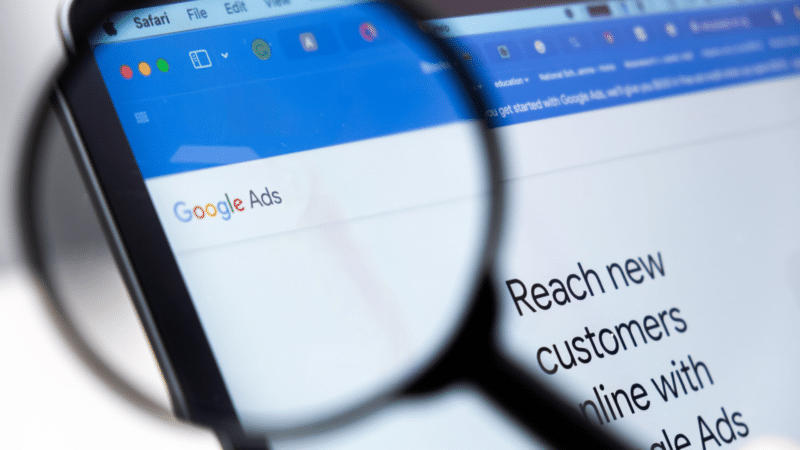
Unveiling Google’s Performance Max Campaign Enhancements: What Advertisers Need to Know
In an ever-evolving digital advertising landscape, staying ahead of the curve is essential for marketers and developers alike. Google has recently rolled out substantial updates to its Performance Max campaigns, which promise to enhance advertiser control, improve reporting capabilities, and ultimately, increase transparency. This article explores these updates while examining their implications for software developers, digital marketers, and SEO experts.
Enhanced Control Mechanisms
The introduction of campaign-level negative keywords is a game changer. This feature allows advertisers to fine-tune their ad placements, effectively avoiding unwanted associations. Moreover, the adoption of “high-value mode” for customer acquisition, which draws upon Customer Match data, can help brands target customers likely to generate long-term value. By enabling specific brand exclusions for Search and Shopping ads, Google is enabling retailers to calibrate their marketing strategies with greater precision. Additionally, new URL-based rules open doors for campaigns using product feeds, allowing advertisers to streamline their operations more efficiently.
Advanced Reporting Capabilities
In an era where data drives decisions, the enhanced search reporting tools are particularly noteworthy. Advertisers can now discern the source of search queries, whether they stem from the AI’s keywordless targeting or custom themes. The “Usefulness Indicator” serves as a crucial metric for evaluating the incremental traffic impact of various search themes, thereby empowering marketers to refine their targeting strategies. The ability to segment asset group performance data by various metrics offers granular insights, essential for making informed decisions.
Implications for Digital Marketing Strategies
These strategic updates foster an environment where advertisers have more control over their campaigns while also gaining deeper visibility into their performance. This transition not only addresses past pain points expressed by advertisers but also propels them towards more effective utilization of AI in line with business objectives.
Link Management and Tracking
Allying with tools such as URL shorteners and custom domains further enhances these updates. Marketers can create short links that effectively track campaign performance through unique URLs. Short link management allows for easy analysis and optimization, making it easier for developers and marketers to allocate resources efficiently. Integrating these functionalities with the advanced features in Performance Max campaigns can empower advertisers to measure the success of campaigns beyond conventional metrics.
Embracing Innovation
As Google’s updates roll out, leveraging tools like Link Shorteners will not only enable advertisers to track engagement but also grant insights into how audiences interact with links. This approach enables tailored marketing efforts that align with the behavioral patterns of target demographics, hence driving conversion rates.
The updates to Google’s Performance Max campaigns present a monumental shift in how advertisers can operate within the digital advertising ecosystem. By embracing these new features, digital marketers, developers, and B2B professionals can maximize their campaign effectiveness while tapping into the potential of advanced analytics.
#BitIgniter #LinksGPT #UrlExpander #UrlShortener #DigitalMarketing #SEO
As the advertising world continues to innovate, these enhancements serve as a testament to Google’s commitment to addressing the needs of its advertiser consumer base.
想了解更多: here.

